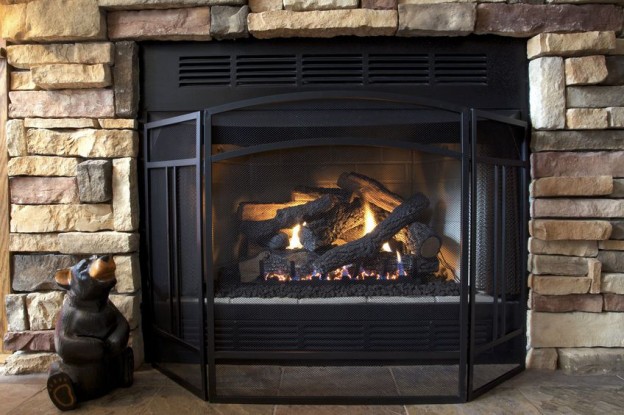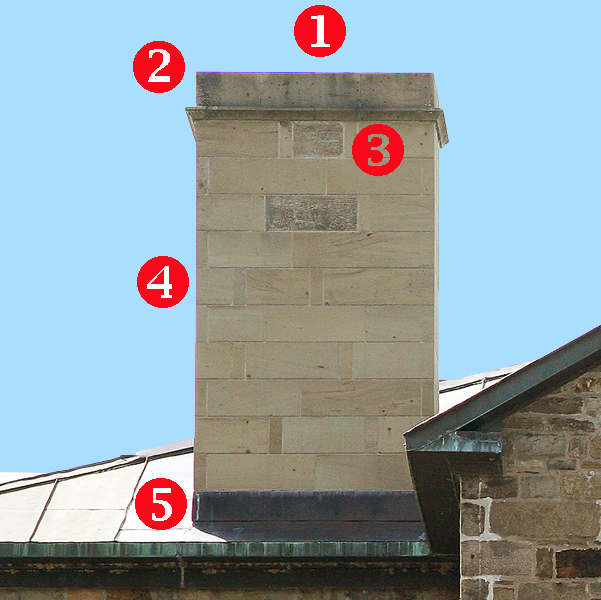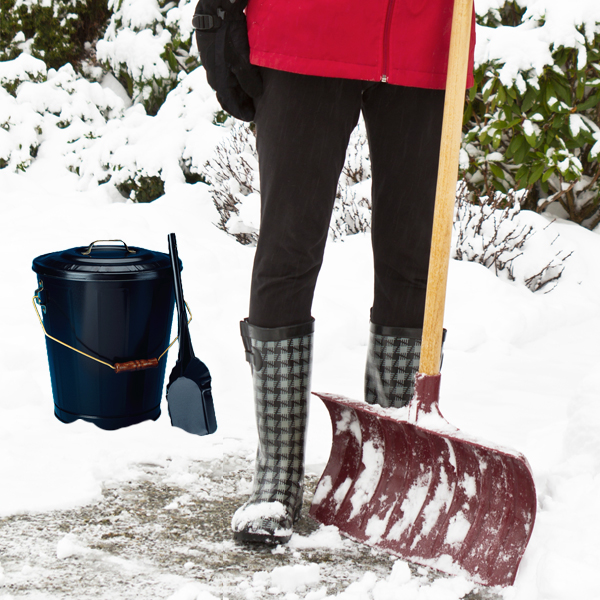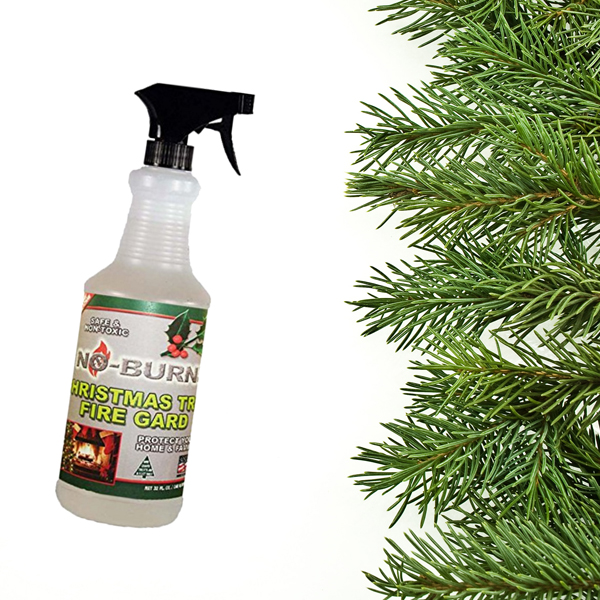by Susan
Share
by Susan
Share

Do-It-Yourself Gas Fireplace Safety Tests
Before you turn on your gas fireplace for the first fire of the season, have it serviced by a certified chimney sweep or other gas product professional certified to work with gas fireplaces. You will need a professional who knows the relevant regulations of your local jurisdiction.
There are some inspections, however, that homeowners can do themselves. If your gas fireplace fails any of these Gas Fireplace Safety Tests, you will want to have it serviced immediately.
Test 1: With the unit off, wipe a white tissue along the entire length of the front log.
 Fail: The tissue is dark gray or black.
Fail: The tissue is dark gray or black.
Problem: Either the ceramic logs are improperly positioned or the logs’ burner ports are clogged.
Test 2: With the unit off, visually inspect the interior of the glass
 Fail: White film on the glass. You can remedy this yourself with a good cleaning.
Fail: White film on the glass. You can remedy this yourself with a good cleaning.
Problem: If the white film builds up, it can be difficult to impossible to clean off.
Test 3: With the unit off, wipe the inside of the fireplace glass with a white tissue.
 Fail: A black, ashy substance comes off the glass.
Fail: A black, ashy substance comes off the glass.
Problem: Either the ceramic logs are improperly positioned or the logs’ burner ports are clogged.
Test 4: Inspect the glass for irregularities.
 Fail: Cracks or chips can indicate the glass should be replaced.
Fail: Cracks or chips can indicate the glass should be replaced.
Problem: Imperfections in the glass can cause it to explode when heated.
Test 5: With the unit off, check the glass for tightness of fit.
Problem: Carbon monoxide can escape into the house.
Test 6 (for Vented Models): Inspect the exterior of the house near the vent
 Fail: A sooty or scorched look on the brick or siding
Fail: A sooty or scorched look on the brick or siding
Problem: Either the ceramic logs are improperly positioned or the logs’ burner ports are clogged.
Test 7 (for Vented Models): Inspect the gas fireplace vent
 Fail: Anything that can block the air passages in the vent such as loose mortar, birds’ nest, spider webs, leaves or other debris
Fail: Anything that can block the air passages in the vent such as loose mortar, birds’ nest, spider webs, leaves or other debris
Problem: The blockage can affect the fireplace’s air-gas mixture and the fireplace’s ability to stay lit.
Test 8: Visually inspect the pilot light (usually located between the front and rear ceramic logs)
 Fail: Pilot light not covering the top 3/8” of the thermo-pile or thermo-couple (the small metal rod that sticks up, usually to the left of the pilot light)
Fail: Pilot light not covering the top 3/8” of the thermo-pile or thermo-couple (the small metal rod that sticks up, usually to the left of the pilot light)
Problem: Pilot light orifice is clogged or the orifice is the wrong size or type.
Test 9: Are there children who live in or visit the home?
 Fail: Your gas fireplace does not have a screen to protect children from touching the hot glass. You can remedy this yourself by placing a fireplace safety screen or securing a regular fireplace screen in front of the fireplace.
Fail: Your gas fireplace does not have a screen to protect children from touching the hot glass. You can remedy this yourself by placing a fireplace safety screen or securing a regular fireplace screen in front of the fireplace.
Problem: Children can experience severe burns when touching gas fireplace doors not just when the fire is lit but also for a considerable time afterwards before the glass cools.
Test 10: Is there a functioning carbon monoxide detector in the house?
 Fail: No carbon monoxide detector. You can remedy this yourself by installing a carbon monoxide detector.
Fail: No carbon monoxide detector. You can remedy this yourself by installing a carbon monoxide detector.
Problem: Undetected carbon monoxide in the home can cause illness or death.
By conducting these inspections and DIY Gas Fireplace Safety Tests, homeowners can be active participants in maintaining the safety of their gas fireplaces.
If your gas fireplace fails Test Two, Nine or Ten, you can remedy it yourself. By calling on a certified gas fireplace professional if your fireplace fails any of the other tests tests, you can assure the safety of your home, family and guests.
Use a cleaner specifically designed for gas logs to clean your own gas logs.
5 Ways to Prevent Chimney Leaks A leaking pipe, a leaking roof, a leaking window, a leaking chimney – none of them is good. Here are 5 ways make your chimney leak-proof and prevent chimney leaks. See how to fix chimney leaks and prevent them in, through and around your chimney. #1 Way to Prevent Chimney Leaks: Install a […]
When is a headache, nausea, and fatigue not “just the flu” and, instead, carbon monoxide poisoning? And how can you prevent carbon monoxide poisoning in your home? Every year 20,000 Americans are treated in emergency rooms for carbon monoxide poisoning. But many of those at first thought they were dealing with a run-of-the-mill bug. Those […]
Will fireplace ashes melt ice or just improve traction on ice? Are there advantages or disadvantages to using ashes instead of rock salt or other chemicals on snow and ice? What are the pros and cons of other de-icers compared with using fireplace ashes on icy surfaces? Will Fireplace Ashes Melt Ice and Snow? Fireplace ashes primarily provide […]
Nothing can completely prevent a Christmas tree or fireplace greenery from burning. But you can reduce the flammability of your Christmas trees and mantel greenery with these homemade or purchased fire retardants. Fire retardants prevent fires from starting and spreading, reduce or eliminate harmful smoke, and minimize fire damage. Some are made specifically for Christmas trees and […]



